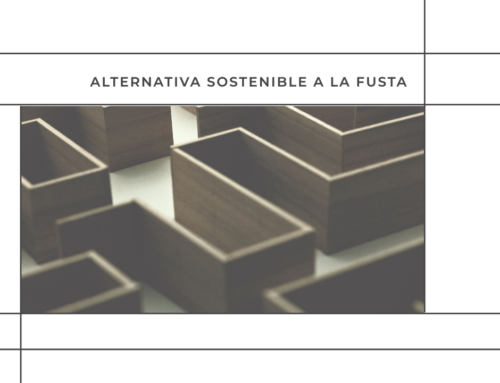THE MATERIALS THAT WILL REVOLUTIONIZE TECHNOLOGY
Both technology and science are advancing together in the development of new materials to apply to technological developments in the coming years. Every year, large sums of money are saved in a wide variety of sectors, in addition to contributing to the protection and improvement of the environment. There are many examples of new materials that are the product of chemical knowledge. Here are some examples of materials that will revolutionize technology:
SELF-REPAIRABLE MATERIALS OF THE FUTURE
Some substances can regenerate themselves by suffering breaks or cracks, just like living things that have mechanisms to repair wounds. Some of these materials can be very useful in correcting defects in designs, paints, polymers, or car bodies.
To make these smart materials, there are different mechanisms such as microcapsules or full microtubes that when damaged, release their contents and repair. Another option is self-repairing concrete, which involves introducing bacteria that react with water so that when cracks occur and moisture seeps in, microorganisms activate and fill the holes.
GRAPHENE
It is a substance made up of pure carbon atoms arranged in regular hexagons that are characterized by their extraordinary hardness, lightness, flexibility, and conductivity.
There are many benefits and applications of graphene, which makes it a new disruptive material for the evolution of sectors such as robotics, engineering, and photovoltaic energy, as well as the development of electronic devices such as flexible plastic touch screens, long-lasting batteries, and high-speed cables. For all this, it makes it the “material of the future” for many.
METAL FOAMS
These components combine the strength of metals with the lightness of foams, they can be achieved in various ways, such as combining gas with a metal, usually cast aluminum. As a result of this union, a very strong, lightweight, low-density structure is created, formed by pores that occupy most of the volume.
Aluminum foams have a high ability to absorb shock, vibration, noise, good thermal stability, and strong corrosion resistance, offering excellent performance in areas such as construction.
SHRILK
Although not as well known as graphene, shrilk is another material of the future that offers the most possibilities. Its characteristics are that it is a biodegradable material, cheap, and easy to obtain, so it is ideal to replace plastic in the manufacture of all types of packaging and disposable products, thus reducing the production of garbage and waste. In addition, being bio-compatible can be very useful in medicine as a method of suturing wounds or as a support for tissue treatment.
These are just some of the materials that according to “Infinitia Research” will use most in design, product, and engineering for decades to come. If you are interested in learning more about industrial innovation, technology, among others, feel free to keep reading our blog. In Designplast we have the option of being able to use these new “materials of the future” in their designs and products.
To contact us, follow the link below: https://designplast.cat/en/contact/







